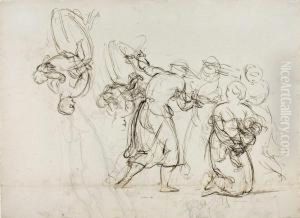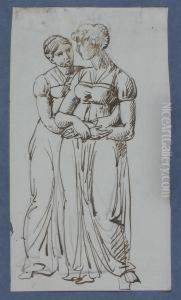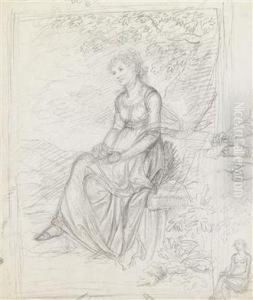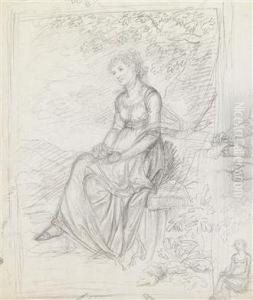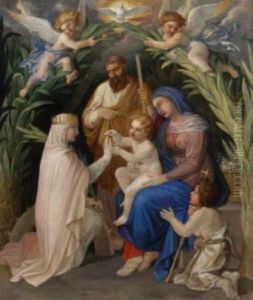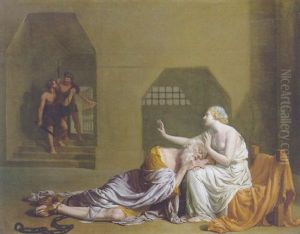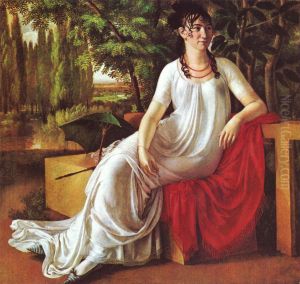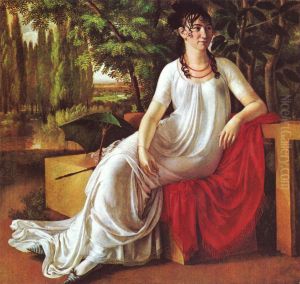Gottlieb Schick Paintings
Gottlieb Schick was a notable German Neoclassical painter born on August 15, 1776, in Stuttgart, Germany. He studied at the Stuttgart Academy of Art and then moved to Paris in 1796 to further his education. In Paris, Schick became a pupil of the famous French painter Jacques-Louis David, who was a leading artist of the neoclassical movement. Under David's tutelage, Schick honed his skills and absorbed the principles of Neoclassicism, characterized by clarity of form, sober colors, and strong linear design.
In 1802, Schick moved to Rome, which was a center for artists during this period. There, he became part of the German artists' colony and was influenced by the works of classical antiquity and the Italian Renaissance. He developed his own style, noted for its idealization of beauty, clear contours, and serene compositions. Schick's works often reflected the values and aesthetics of Neoclassicism, emphasizing harmony and balance. One of his most famous works is 'Portrait of Heinrike Dannecker' (1802), the wife of the sculptor Johann Heinrich Dannecker, which exemplifies his style.
During his time in Rome, Schick produced a number of portraits and historical paintings. His attention to detail and his ability to capture the character of his subjects won him acclaim. However, his career was cut short when he died on June 7, 1812, in Rome at the age of 35. Despite his early death, Gottlieb Schick left a lasting impact on German Neoclassicism. His approach to painting continued to influence other artists and helped solidify the Neoclassical style in Germany.
